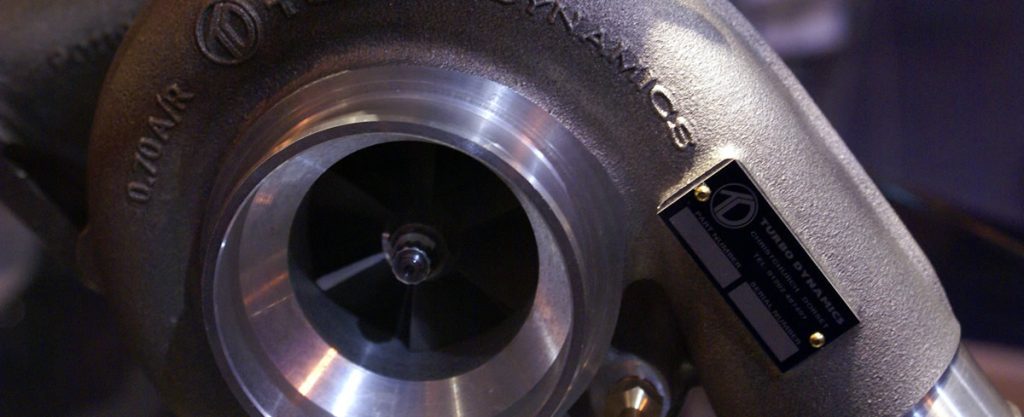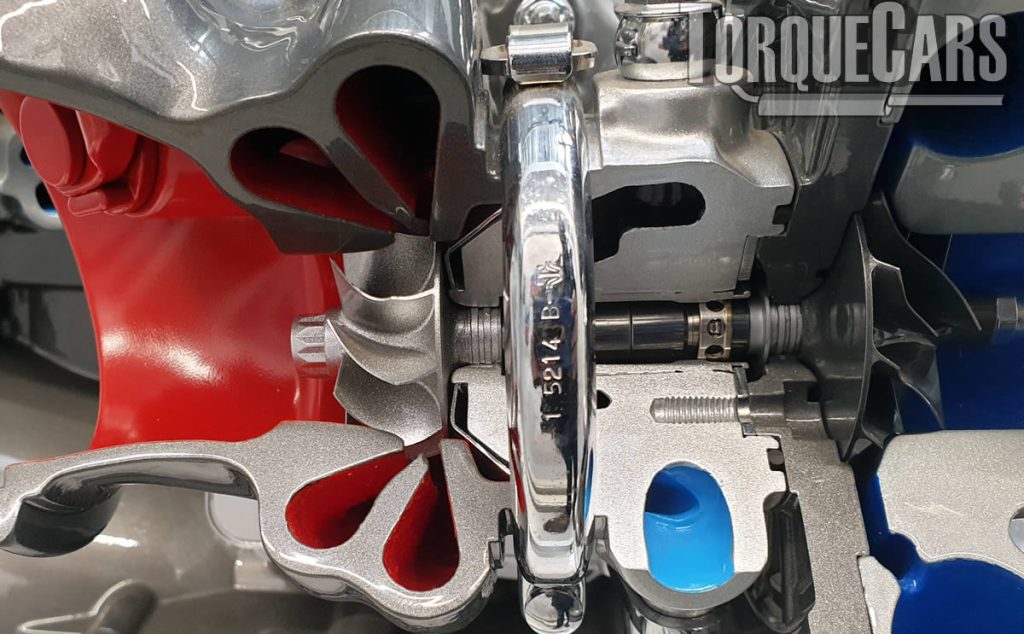The Lowdown on "The TurboCharger Explained"
How turbochargers work and choosing a turbo for your car.
Hello, in this article we're going to answer some questions concerning turbos. What exactly is a turbo, why were they developed, and how do they work? What are blow-off valves?
What is the function of a wastegate actuator, and what are these dual scroll turbos? What is the difference between these and regular turbos? I'll also look at whether a twin turbo should be set up in parallel or series, and if there are any advantages to turning a twin turbo into a huge turbo.
Stay tuned for immediate responses to all of your turbo-related queries.
So, what exactly is a turbocharger? A turbocharger is a device that compresses the air that enters an engine.

You want to use a turbocharger because more air in the engine means more oxygen, and more oxygen means you can burn more gasoline, which equals to greater power.
Now, turbochargers were first employed in aircraft at high altitudes since the air was considerably thinner and they required more power.
They could travel faster if they employed a turbocharger to compress the thin air up there, allowing them to burn more gasoline and produce more power.
These planes could also fly faster and higher, which changed the way aeroplanes functioned drastically, and that technology has filtered down to what we have in vehicles today.
Many current automobiles are now equipped with a turbocharger, which greatly improves engine economy and enables you to extract significant quantities of power from it.
So, how exactly does a turbocharger work? Do you remember those windmills you used to buy at the seaside, the pole with the small windmill on it that used to spin around?
A turbo charger is essentially two of them linked back to back, so the first small windmill blades, if you will, is attached to the exhaust, so as the exhaust comes out of the engines, it turns that little turbine, which is connected to the intake, and as it rotates, it sucks in more air.
So you're leveraging the momentum of the exhaust gases to turn a compressor wheel, allowing you to suck in additional air.
The disadvantage of this functioning is that at low rpms and engine speeds, you don't get much exhaust flow, which shows as lag since the turbo isn't creating much power at those low rpm values.
Changing the size of the turbine's blades may have a significant impact on how the power is supplied.
It may, for example, spool up faster or provide greater power at the high end.
Because there are so many different components of technology that have lately been applied to turbochargers, such as dual scroll turbos.
So the dual scroll turbo divides the engine, so if you have a four-cylinder engine, two of the cylinders go into one portion of the turbo and the other two cylinders go into the other.
This improves scavenging in the engine and typically results in a significantly faster spool up.
Towards the end of 2011, Mitsubishi submitted for a patent for the twin scroll turbocharger, and the patent displays the design of the twin chambers inside the exhaust where the exhaust gases are directed from alternate ports on the engine into extremely different chambers.

It runs down the inner edge of the double scroll right into the turbine, and because it's a tighter chamber, there's less expansion going on, you don't have the vortices that develop, and you get a greater velocity of air flowing out, enabling the turbocharger to spool up faster and produce more power.
A twin scroll design has several advantages, but it is not ideal for all engines.

Now you may compare the outputs of the turbos and choose the one that is best suited to your application.
Some people prefer power from the low and mid ranges, so top end power isn't as important for everyday driving.
For motorsports and drag racing, you could want all of the power at the top end and aren't concerned with low rpm, so you'd have a turbo that's built up and matched to those exact specifications.
We also have turbochargers with variable vane technology, which allows the angles of the vanes to be adjusted to optimise the amount of spin you receive from any given flow of exhaust.
If you look down into a turbo, you'll basically see these two turbines and how they rotate, and that's how a turbo works in its most basic form, but obviously, while the turbo's compressing air, you may have a situation where you lift off the throttle and you've got all this pressurised air in the intake.
You'd use a blow-off valve or a diverter valve to channel that air pressure someplace helpful rather than letting it build up in the intake. If you let all that pressure build up in the intake, it may possibly harm the turbocharger.
Many Volkswagen Group vehicles, for example, dump surplus air pressure into the intake, and if you redirect it to the atmosphere, you'll get error messages and flat running since that's how their ecu's and everything is set up.
However, in some automobiles, you can just vent the environment and make some really creative dump valve sounds, as well as control the speed of the turbo using a wastegate actuator that regulates the quantity of exhaust gases going through the turbo.
So it's not simply a mechanical device that bolts on; there are a variety of different components that contribute to the turbocharger's power output.
Some vehicles are really equipped with two turbos, which may be installed in parallel so that they both turn on at the same time, or they can be staged.
So, at low rpms, one turbocharger kicks in, and then, when there are enough exhaust gases to drive both, the second turbocharger kicks in.
You're debating whether a dual turbo configuration should be replaced with a huge single turbo.
or if you should keep it as a twin-turbo charger and perhaps upgrade to a more modern design turbo that provides the power in the stages you desire. You could even change the size of the turbos. Starting with a smaller one and then transferring the power to a larger one.
As a result, we would advise anybody considering turbocharger improvements to sit down and review the specifications.
Decide where in the rpm range you want the power and purchase a turbo that will give you that profile and provide the power where you need it.
If you liked this page please share it with your friends, drop a link to it in your favourite forum or use the bookmarking options to save it to your social media profile.
Check out TorqueCars new YouTube channel, and see their awesome new content...
Feedback
Please use our forums if you wish to ask a tuning question, and please note we do not sell parts or services, we are just an online magazine.
Help us improve, leave a suggestion or tip
